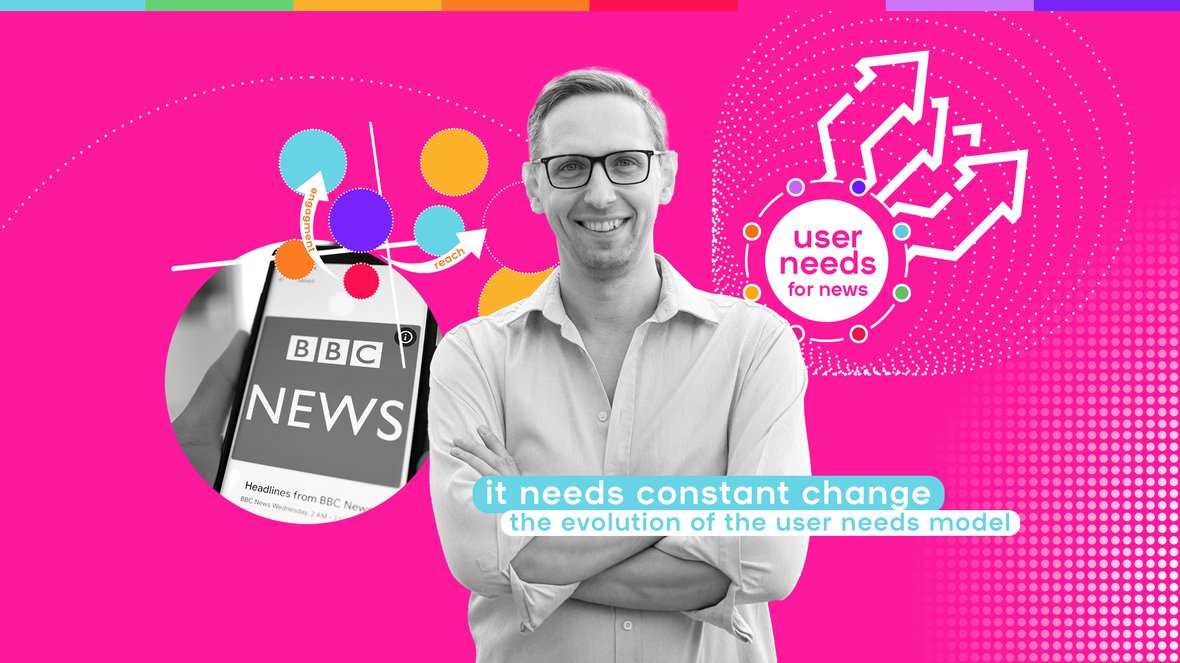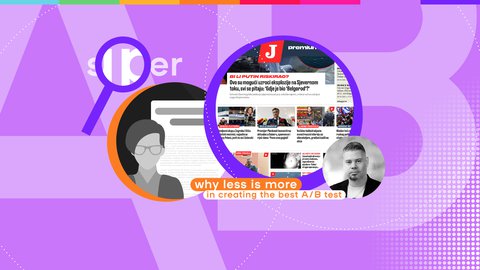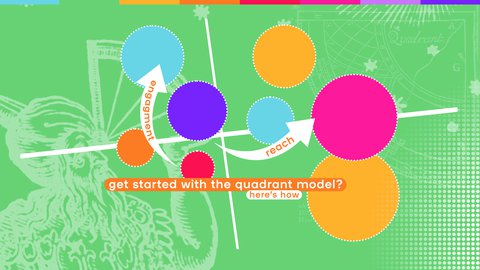BBC World Service launched the User Needs Model for News five years ago. They’ve been joined by other notable players in the media like Vogue, Wall Street Journal and Vox. Has the model itself changed over time? We asked Dmitry Shishkin, evangeliser of the approach at the BBC and now its most vocal advocate.
UPDATE: We created a new User Need Model in March 2023. Check our page and download the whitepaper if you're interested. Or get started right away.
Journalists all over the world now use user needs to find the right angle for their next story. User needs go beyond just getting the facts, and stem from basic human desires: understanding the world around you, being able to join in on the conversation, share information with others, and determine whether something is good or bad, right or wrong.
After user research, growth hacks and constant iteration, the BBC found six different reasons why people consume news:
- Update me
- Keep me on trend
- Give me perspective
- Educate me
- Inspire me
- Divert me
But the model is not set in stone. Shishkin is the first to admit that constant reformation is needed, especially when circumstances change. “It is gratifying and fulfilling to see the birth of so many different models across the world. That means people are reacting to this concept well - and taking it seriously. They go to great lengths to collaborate with their internal stakeholders, like the audience development team or product people to find their own set of needs. This is an amazing cultural change, happening in front of our eyes.”
When would you say that a newsroom tends to adopt the model?
There are several layers of the adoption process, of course. That goes from thinking solely about creating pieces in a different way, to creating a full blown unique model and integrating it into the content management and editorial analytics systems. When user needs for news become part of the workflow when you’re creating a story, it takes a different type of commitment. The ones using the model from start to finish certainly are most effective.
That feels like a big leap.
Of course you need to start somewhere. Change can be painful and uncomfortable. If you’re saying: this is how we’re going to do it for everyone from now on, there will be a lot of scepticism. But if you do a couple of individual experiments, it could be easier to track. Change the behaviour from agent to agent.
Before you can do that, you need to analyse your own newsroom. The truth is that a lot of what you’re outputting is a waste of time. You need to find where the value is to be brought. What’s working and what’s not? Take a dive in your editorial analytics tool to find the answer to that question. After that, you need to come up with a hypothesis. You’ll always find what you could change on a level of individual sections, not for a website as a whole. Perhaps on certain levels you need to apply ‘educate me’ or ‘inspire me’. In the economy section you may need to do something else.It will be purely dependent on the niche you occupy and your product-market fit.
We did a webinar about the User Needs Model 2.0. Watch the recording!



